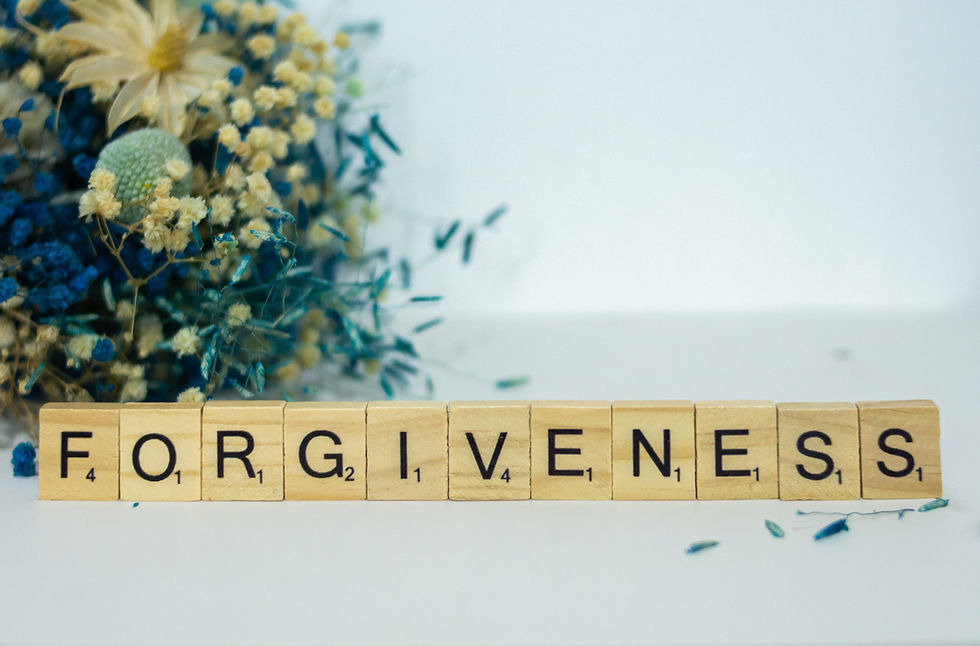Gaslighting: What it is and how to deal with this style of abuse
- Robin

- Mar 1, 2022
- 3 min read
Updated: Jun 26, 2024
Ever since those wonderful Dixie Chicks sang "and you know that you lie best when you lie to you", this style of abuse has found its way into popular nomenclature. Gaslighting is categorized as a type of emotional abuse alongside: control, criticisms, isolation and name calling. Gaslighting is so dangerous because it involves you losing a part of your reality.

What is Gaslighting?
Gaslighting is most simply defined as a behaviour that makes someone question their own reality by someone else (the gaslighter) presenting a false narrative. Gaslighting may not always be done with the intent to be malicious. For example, if you grew up with parents who subscribed to defined beliefs and deal in certainties, they may not realize that their denial of reality is gaslighting others.
What does gaslighting look like in practice?
-denying that they said something (even if you have proof) or try to rewrite history
-their actions do not match their words
-they tell lies
-they try to align others against you
-they project
-they discredit you
-they shift blame
-they deny wrongdoing
SIGNS THAT YOU ARE BEING SUBJECTED TO GASLIGHTING
-you feel like you are "walking on eggshells" around them
-you spend a significant amount of time apologizing.
-you question your judgment and perceptions and start to feel a crazy when trying to piece together your reality and what the gaslighter is saying
-you may worry that you are too sensitive
-you may start to question if you are what they say
-you feel confused
IN WHAT RELATIONSHIPS CAN GASLIGHTING HAPPEN?
-romantic relationships
-friendships
-professional relationships
-family relationships
Gaslighting does have a connection to power dynamics. Manipulators can try to hold power where standing up for yourself an be difficult. This is particularly true with elder family members (parents or in-laws) and senior professional associates (a boss or team lead).
WHAT TO DO IF YOU ARE THE SUBJECT OF GASLIGHTING
The first steps to removing yourself from a situation where you are being gaslit is to identify the problem. This can be an incredibly difficult task as gaslighter's attack an individual's perception of reality. Common verbal cues that may indicate gaslighting include: "I don't know why your've making such a big deal of this..." or "that never happened" or "it was just a joke".
A second step is giving yourself permission to acknowledge your reality and your feelings. Y0u may wish to speak with a third party and get a second opinion. Counsellors are a great option when seeking an unbiased third party opinion. It is important to understand that by seeking help from others does not mean asking others to take sides. What you want when including others is to ask them to observe behaviours.
A third step can include taking space from the situation, understanding and collecting evidence and then speaking up about the behaviour. As mentioned earlier, it is a possibility that the abuser did not realize their gaslighting behaviour. When done without malicious or specific intent, this may help to resolve the situation. If the gaslighter denies behaviours or refuses to change behaviour, continue to step 4.
A fourth step can include giving yourself permission remove that person and that relationship. If removal is difficult (or not possible), advocate for yourself and create boundaries for exposure. Boundaries in relationships that you cannot remove yourself from may include not engaging in arguments that are fuelled by a power struggle or with a person who deliberate chooses to misunderstand you.
Use self compassion and focus on self care. Gaslighting can creep into all areas of your life and bolstering self care can help to improve well being. Incorporate self talk, spend time with friends and family that respect you, practice affirmations!





